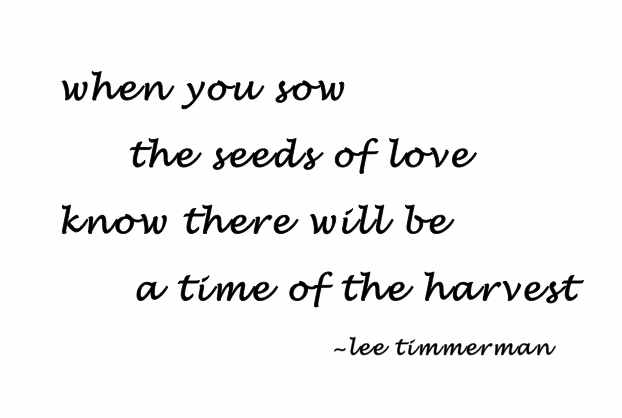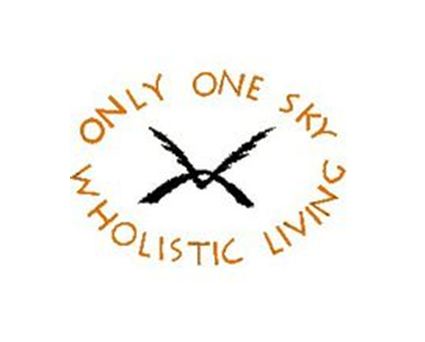There are three stages or schools of Tantra: the left-handed path, the middle path, and the right-handed path. The left-handed path of Tantra is when we begin to study God. This will begin with meditation, theology, and practicing the virtues, along with our desires of looking for Satyam, Shivam, Sundaram in the creation. The aspirant is looking for love, beauty, joy, and appreciation of life, inclusive of knowledge of God, both inwardly and outwardly. This study is limited in the beginning. The Tantric teachings will include the transformation of the four primal instincts,[1] study of Tantric theology, and beginning to practice meditation. Meditation is what makes the practices the left-handed path of Tantra, rather than just philosophy or worldliness. Without meditation, without striving to calm the mind, breath, and ego to “be ye still and know that I am God,” one will only harvest the positive and negative results of our desires that are under the influence of Original Sin, which is legitimate, just limited. The left-handed path of Tantra includes daily meditation, which will help us realize both our Wholistic nature, and our desires for and in the creation, which we must purify in a rajasic-to-sattvic manner. In the left-handed path, we purify the four primal instincts, the senses, and our thoughts and concepts by bringing them into a positive and uplifting state that is beneficial for the individual and the international community. This will then lead to the middle path of Tantra.
The middle path of Tantra begins when we attain sabikalpa samadhi[2] in our meditation. When we calm the mind, breath and ego and attain sabikalpa samadhi, we can experience the triune nature of the Soul. In this state of meditation, we will distinguish or discern our higher nature of Satyam, Shivam, Sundaram from the sensual pleasures of our lower nature. We can clearly distinguish the difference between the higher triune nature of the Soul and God, and the pleasures of the lower nature of the three bodies (Causal, Astral, Physical) and instincts for seeking outwardly fulfillment. Attaining sabikalpa samadhi at will is what distinguishes the middle path of Tantra from the left-handed path of Tantra. In the beginning, we may only be able to attain sabikalpa samadhi occasionally, but the goal is to attain this identity with our triune nature of the Soul, both in meditation and outside of meditation. As we move into the middle path, we begin to study the triune nature of the Self and the triune nature of God, both inwardly and outwardly. We are trying to see the Satyam, Shivam, Sundaram essence or nature in all life, including the primal desires of the Physical, the sensual desires of the Astral, the knowledge and power of the Causal, and strive to attain “be ye still and know that I am God” and experience the Soul, the Holy Stream, the Christ/Krishna Consciousness, and the absolute God Consciousness. This middle path may take us years or even incarnations. This study and practice will lead us to the right-handed path of Tantra.
The right-handed path of Tantra is when we calm the mind, breath, and ego, and begin to experience the God Consciousness without form. This then becomes the harmonization with, and the study of God, both without form as pure Consciousness, and with form or God in motion. We strive to identify with the pure Satyam Consciousness because this is the only aspect of our Self, life, or God that is eternal. Once we begin to attain the state of God Consciousness without form in our meditation, we begin our study of God, both without form and God manifesting in form, both in meditation and outside meditation. This study of a Wholistic God is the right-handed path of Tantra.
The three stages of Tantra (or schools of Tantra[3]) are easily recognizable. The left-handed path: If we are meditating consistently and also have desires of the Causal, Astral, and Physical, but are trying to make them harmonious, then we are practicing the left-handed path of Tantra, which includes Sex, Love, Prayer. The middle path: When we attain sabikalpa samadhi in our meditations, we add Transcendence so that we now have Sex, Love, Prayer, and Transcendence. This Wholisticness of Sex, Love, Prayer, and Transcendance is practicing the middle path of Tantra. The right-handed path: When we are able to be still in our meditation to realize the absolute God Consciousness without form, that always has been, is now, and forever shall be, this is true Transcendence. As we come out of meditation (Transcendence), we will have the divine vision to appreciate a Wholistic God, or have Prayer. We will be Love, because we have been able to identify with the triune nature of the Soul beyond Original Sin (idea of incompleteness). We can then include the enjoyment and appreciation of the Physical (Sex) in a manner that is beneficial for the individual and the international community. This is a very simple definition of the three paths of Tantra.
All three stages or schools of Tantra are striving to attain knowledge and a harmony of Soul and God. Tantra is the study of God, the study of the God Consciousness without form, and the study of God Consciousness in motion or with form. It is Shiva ever in union with Shakti. Tantra is a dance of form and formless Consciousness throughout eternity.
[1] Four primal instincts: The need for food, sleep, self-preservation, and procreation. The Tantric process of transforming these instincts is to make them beneficial and uplifting for the individual and the international community, and to be wholistic so that they include body, mind, spirit, and consciousness.
[2] Sabikalpa Samadhi: union with God, but with a slight perception of individuality. With sabikalpa samadhi in meditation, there is identification with one’s Satyam, Shivam, Sundaram nature, but there is a conscious awareness of the Self, and there is usually a suspension of breath.
[3] In the Eastern traditions they refer to the three schools of Tantra as: kaula tantra (left-handed path), mishra tantra (middle path), and samaya tantra (right-handed path), and consider these three schools of Tantra as successive stages of the inward journey, of touching and perfecting both the inner life and the outer life.


